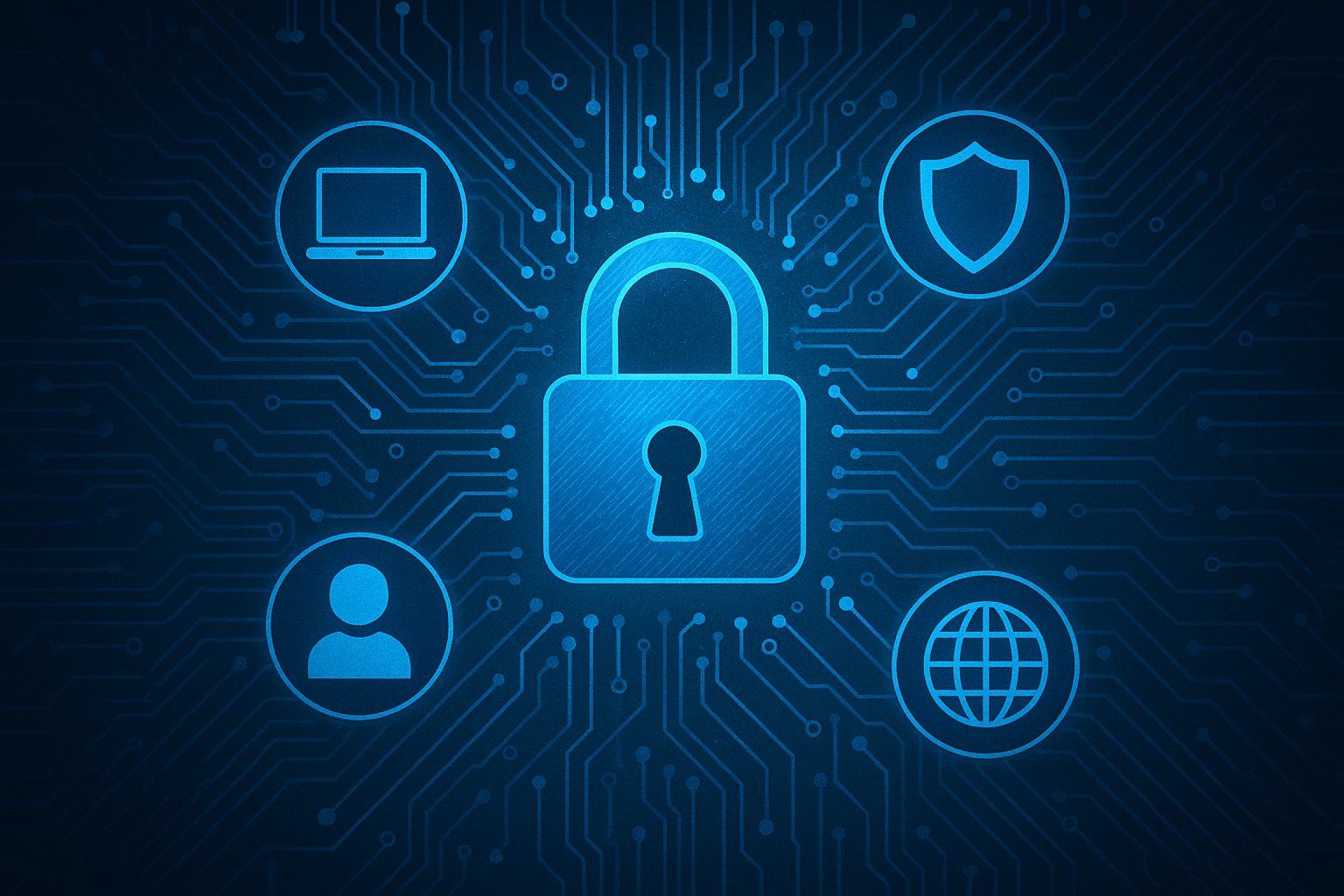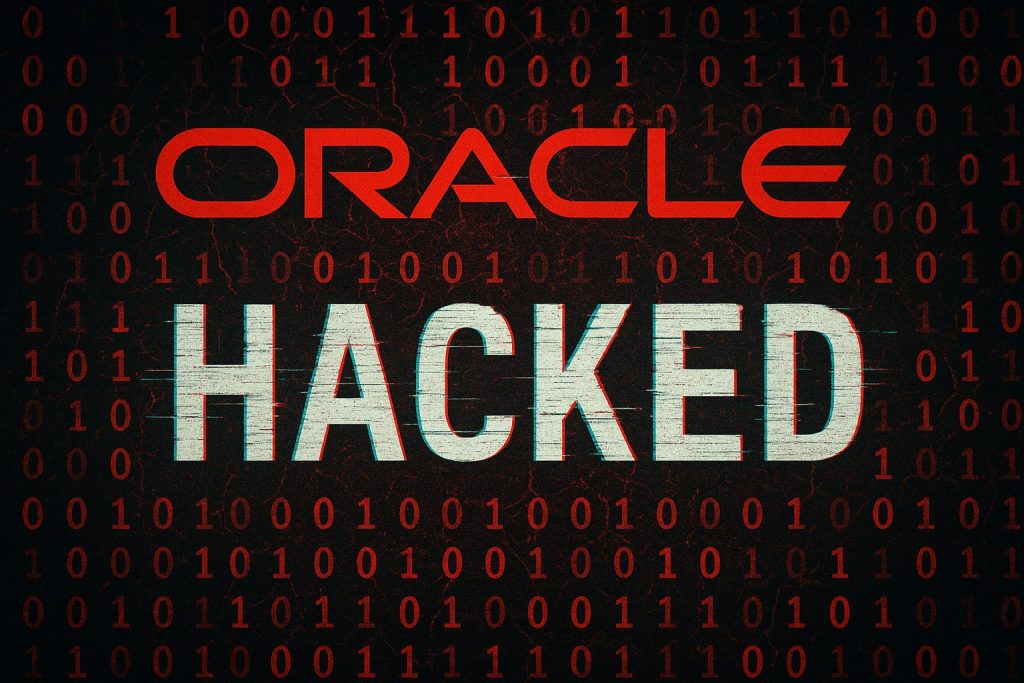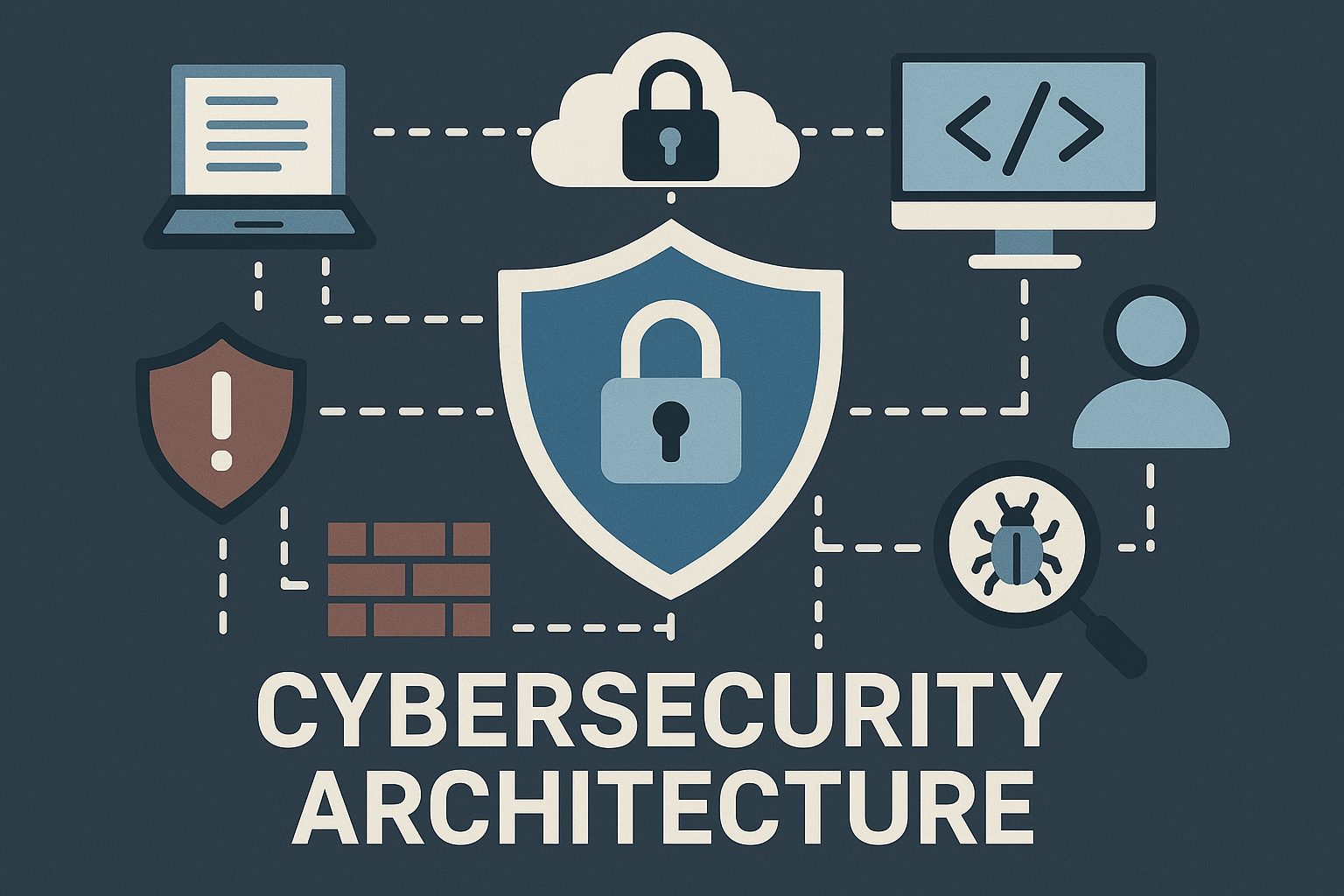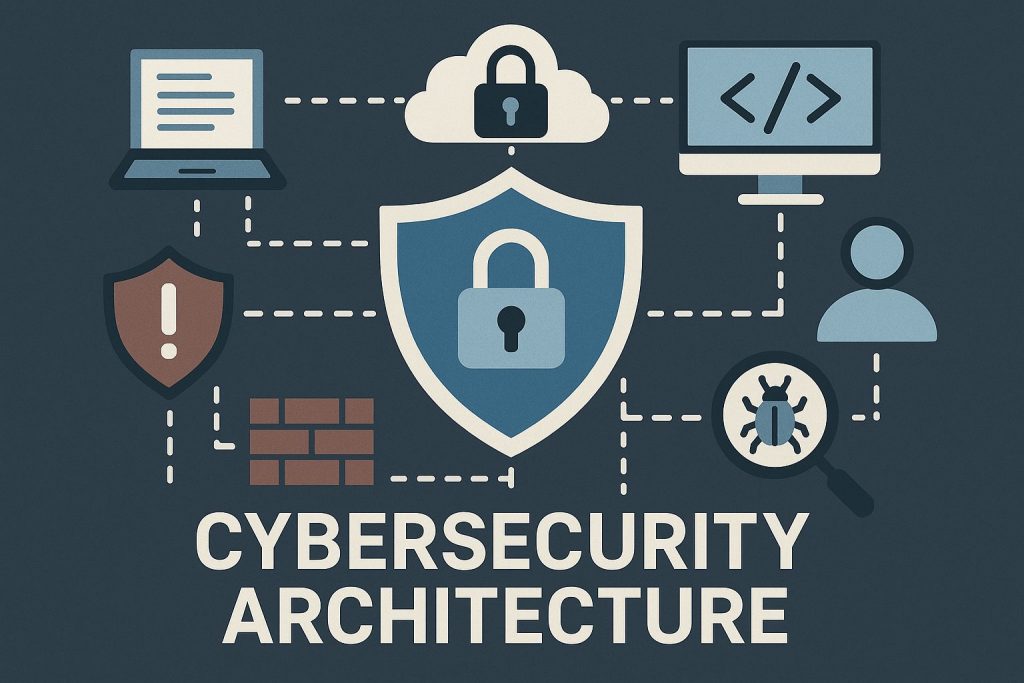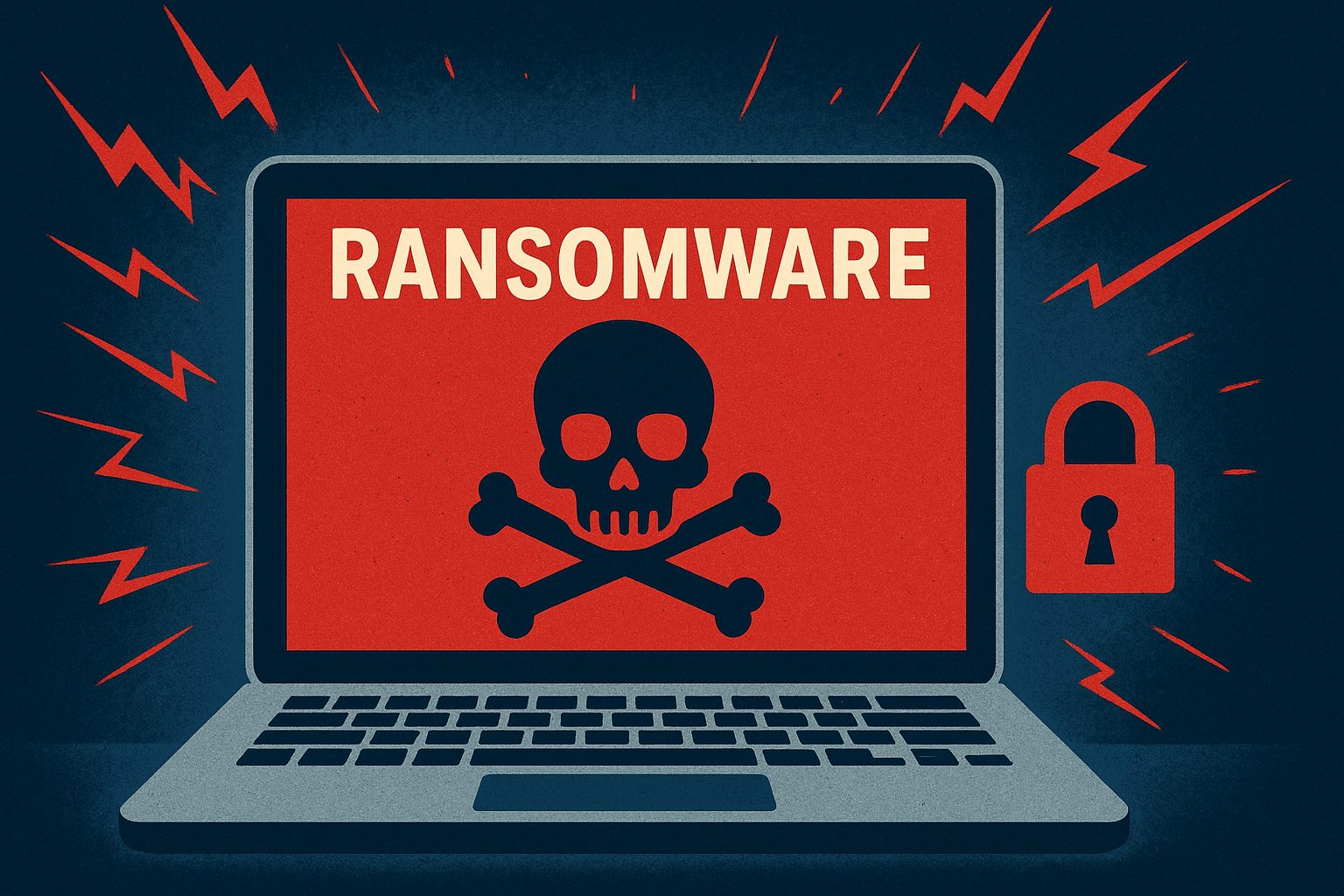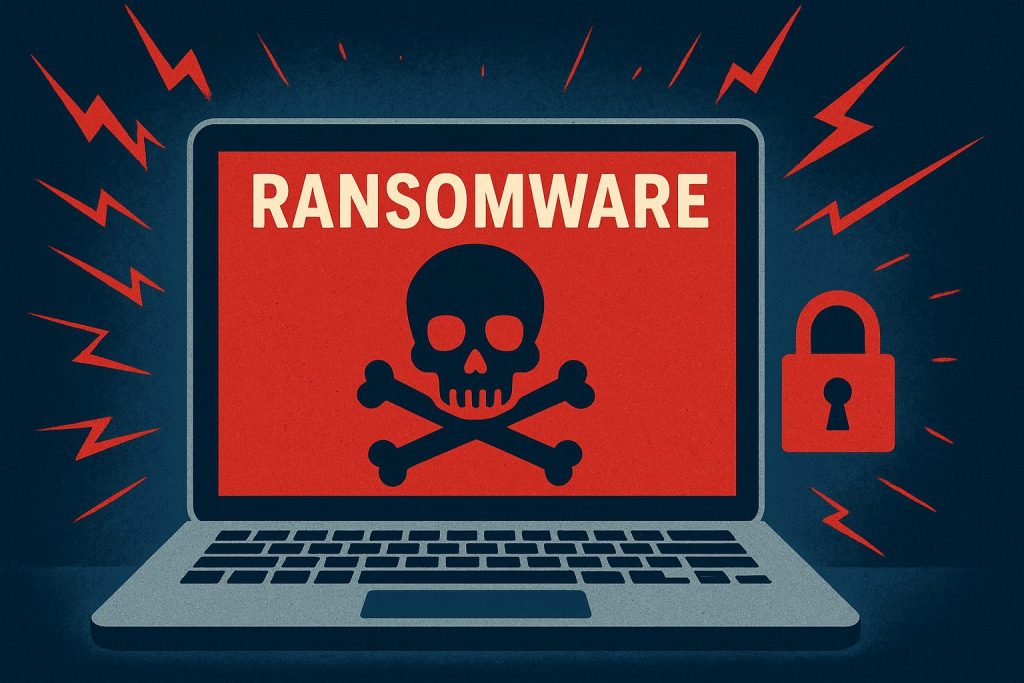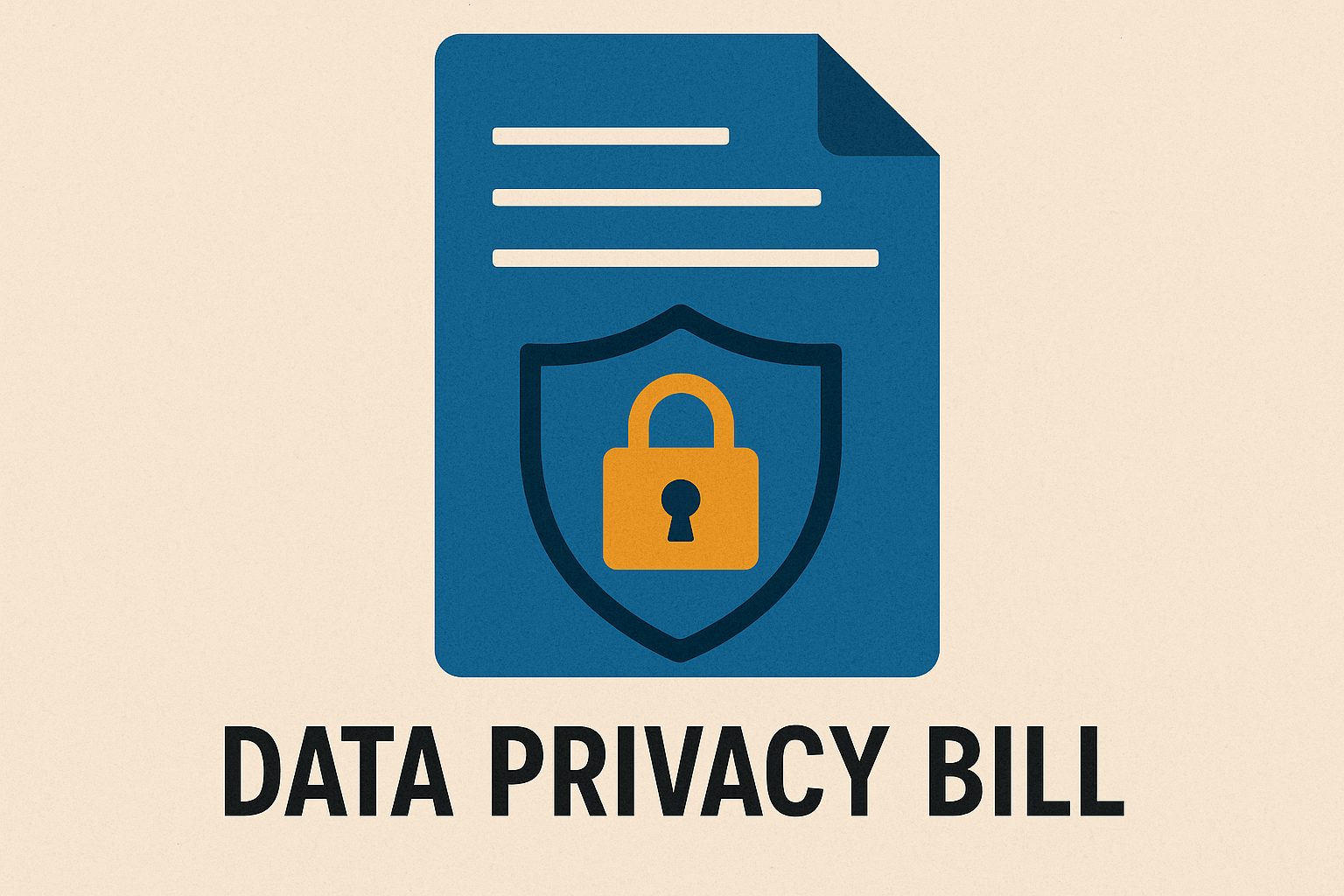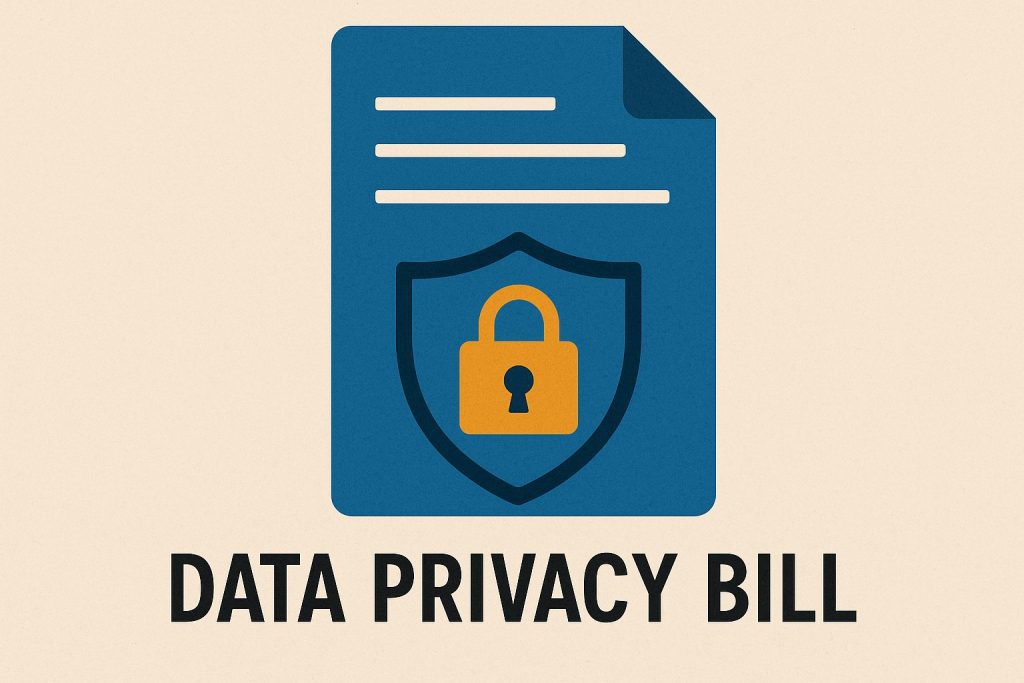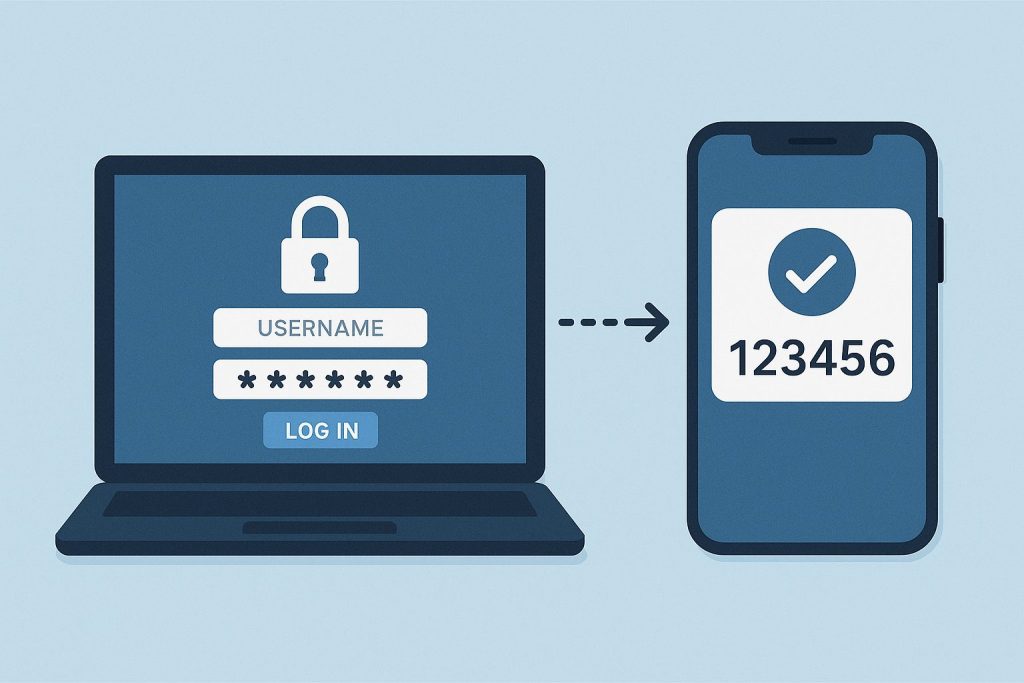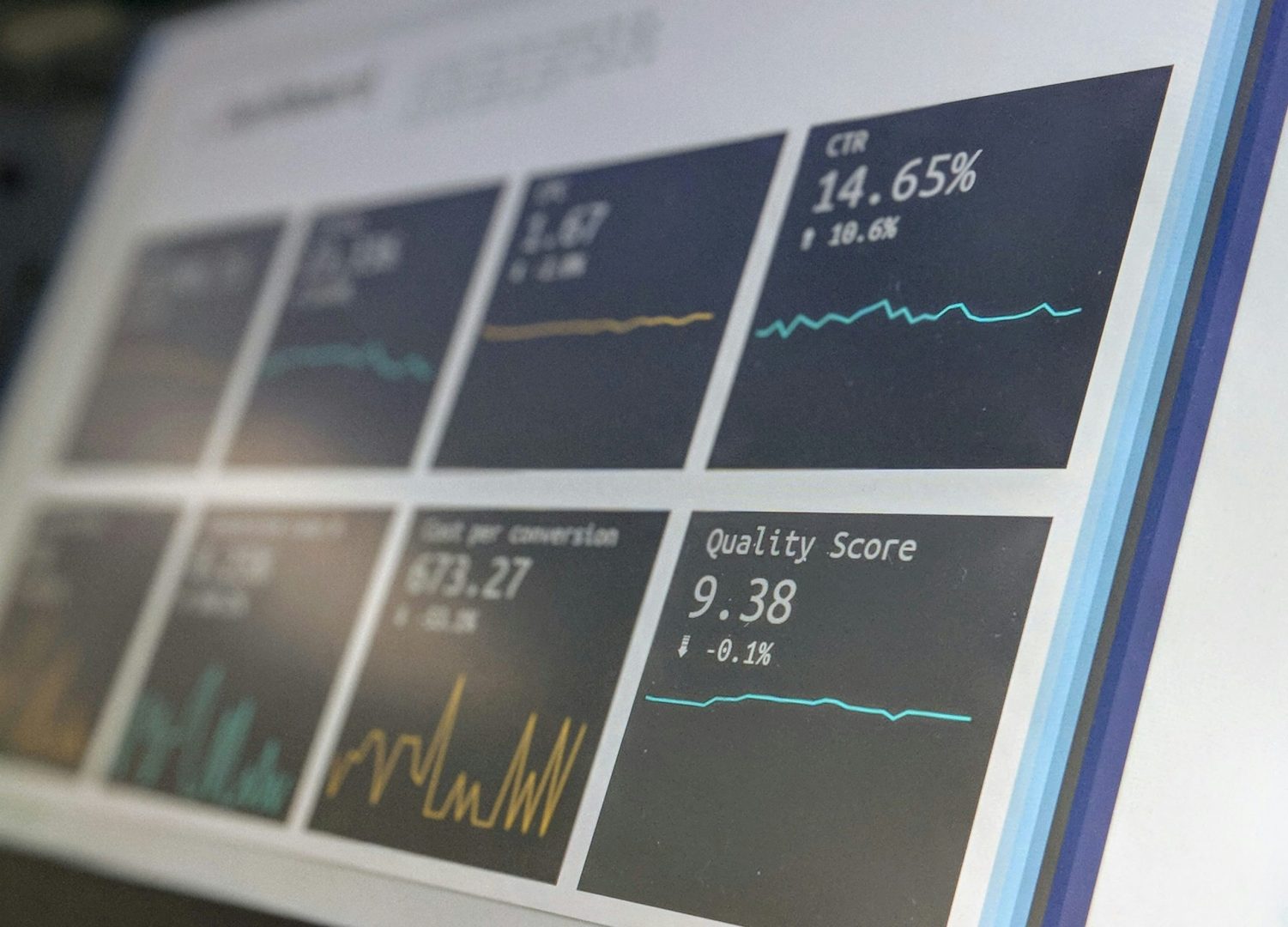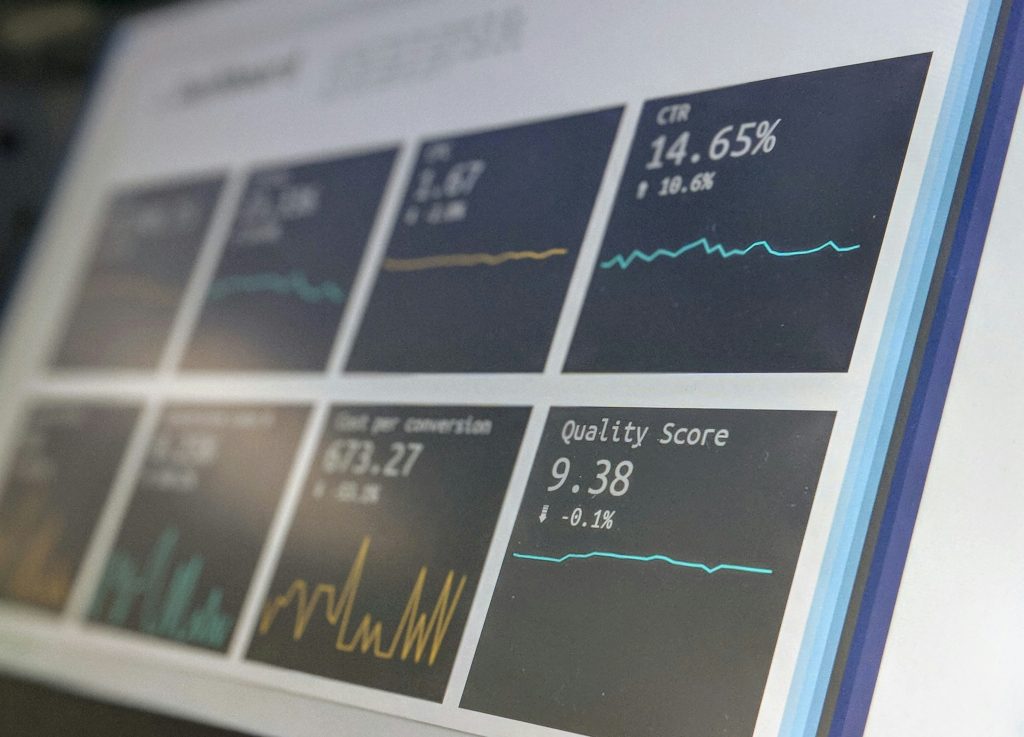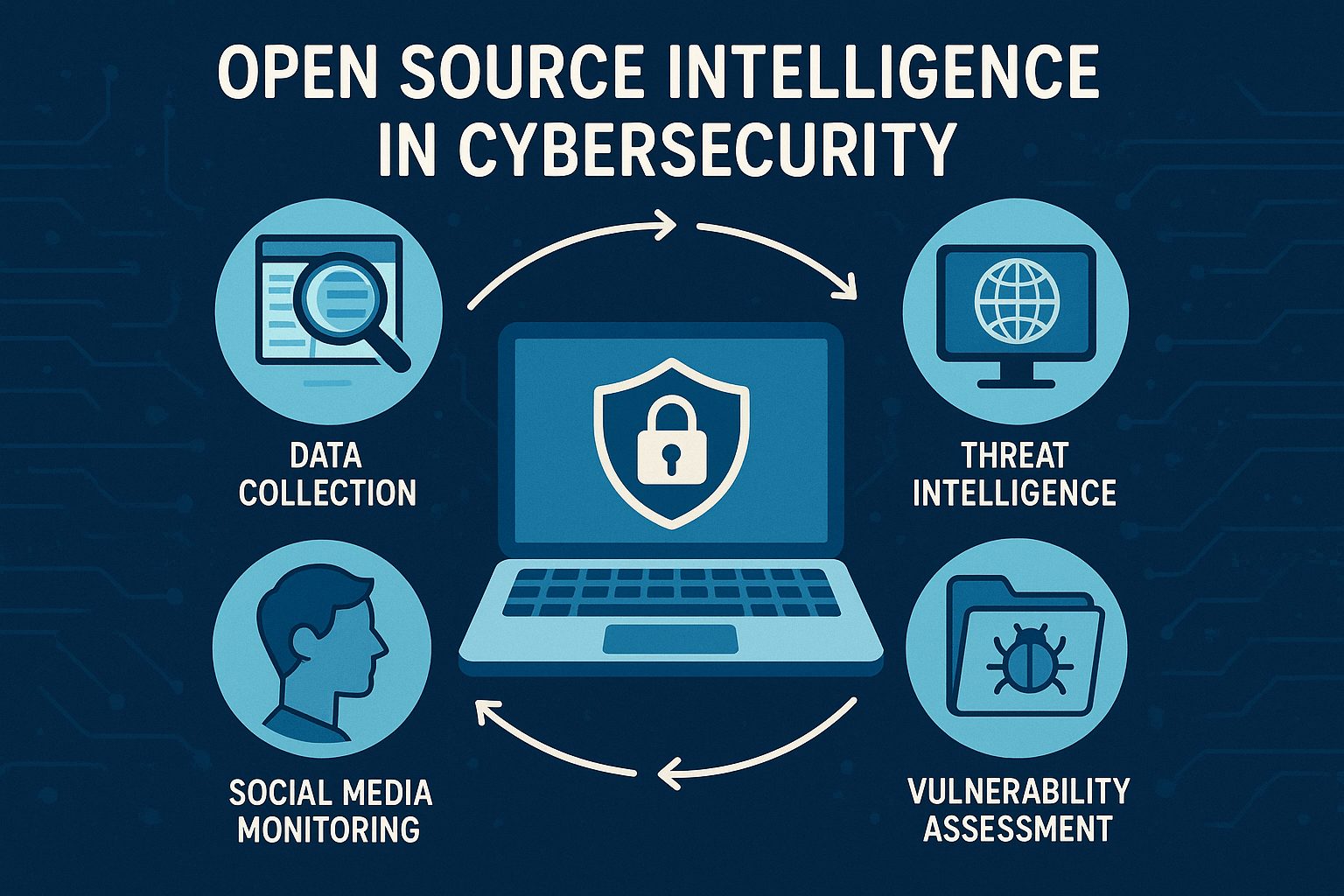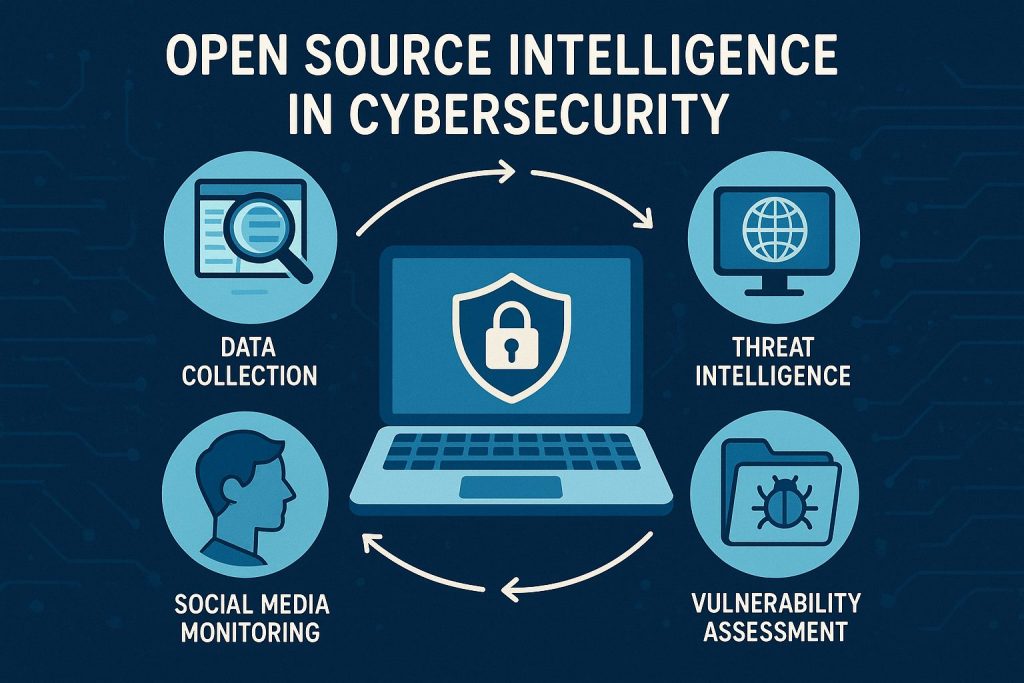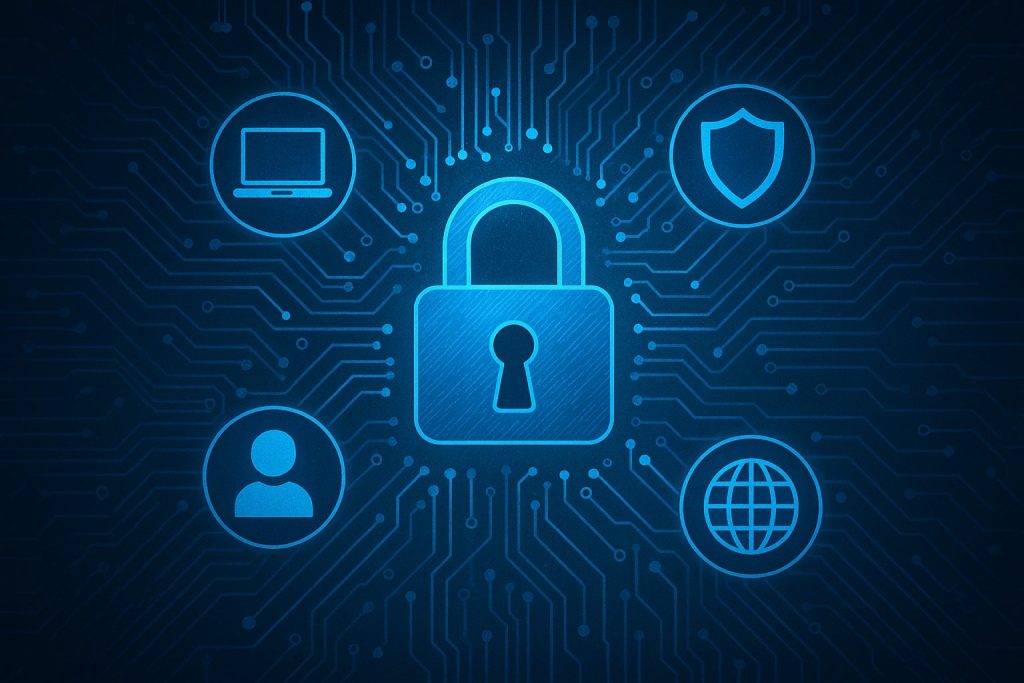
In today’s digital world, data breaches and cyberattacks are becoming increasingly complex. Businesses of all sizes are facing challenges in keeping their systems and information secure. The traditional security models that focused on perimeter defense are no longer enough. This is where the Zero Trust security model becomes essential. Zero Trust focuses on continuous verification, user identity, and strict access control to protect valuable data across every network layer.
Understanding the Basics of Zero Trust Security
Zero Trust is a cybersecurity framework based on the principle of “never trust, always verify.” Unlike traditional systems that assume users inside the organization’s network are trustworthy, Zero Trust operates with the understanding that no user or device should be trusted by default. It makes every access request undergo authentication and authorization, regardless of where the user is located.
This model emphasizes identity verification and multi-layered security controls. By checking every connection and validating every device, the Zero Trust model drastically reduces the risk of unauthorized access. Even if hackers manage to infiltrate one part of the system, they cannot easily move laterally to access other data.
Zero Trust also integrates technologies like multi-factor authentication (MFA), identity access management (IAM), and micro-segmentation. Together, these techniques create a secure environment where sensitive data is protected at each stage of access. This approach ensures security from both external attacks and insider threats.
For businesses transitioning to digital and cloud environments, Zero Trust provides a security model that fits modern needs. It protects data in hybrid networks, remote workplaces, and cloud-based operations where the old perimeter no longer exists.
Why Zero Trust Model Is Key to Data Protection
The modern data landscape extends beyond a company’s physical walls. Employees access systems from personal devices, remote locations, and various cloud applications. This distributed environment increases vulnerability. Zero Trust helps secure these new digital touchpoints by ensuring only verified users and devices gain access to critical data.
Traditional models often rely on firewall-based security, which focuses on keeping threats out. However, once a hacker breaches this perimeter, they can often move freely inside the network. In contrast, Zero Trust assumes every request could be malicious and verifies credentials continuously. This results in a smaller attack surface and stronger data resilience.
Another reason Zero Trust is crucial for data protection is compliance. Many regulations like GDPR, HIPAA, and CCPA require strong data security controls. A Zero Trust strategy aligns well with these compliance needs, helping organizations meet privacy requirements and avoid penalties.
By adopting the Zero Trust model, businesses gain confidence that their sensitive information is protected even in the face of advanced cyber threats. It transforms cybersecurity into a proactive measure rather than a reactive defense.
Core Principles Behind Zero Trust Framework
At its core, the Zero Trust framework operates on three foundational principles. The first is verifying every user, device, and network connection. This means implementing strict identity verification using authentication methods like MFA and continuous monitoring to detect unusual activities.
The second principle is limiting access through the “least privilege” model. Users only receive the permissions necessary for their roles. This reduces potential damage if an account becomes compromised. Role-based access and dynamic policies further ensure that privileges are regularly updated and aligned with business needs.
The third principle is assuming a breach. Organizations must always operate under the mindset that a cyberattack could already be happening or might occur at any time. This leads to ongoing visibility, analytics, and incident response planning. Data encryption, advanced monitoring, and automated alerts help detect and contain threats quickly.
Together, these principles make Zero Trust an adaptable and powerful security structure. By focusing on verification, limited access, and constant vigilance, businesses can stay one step ahead in protecting their data.
Steps to Implement Zero Trust for Your Business
Implementing a Zero Trust model may seem complex, but following a strategic plan makes it manageable. Start by identifying key assets and sensitive data within your systems. Understanding what you need to protect helps prioritize security policies and controls.
Next, implement identity and access management tools that enforce strict user authentication. Use MFA, session monitoring, and device verification to make sure users are who they claim to be. Combine this with micro-segmentation to create isolated security zones that contain specific resources.
Once your access controls are in place, monitor and analyze all traffic and user behavior. This allows you to detect unusual patterns and take immediate action. Automated security systems and AI-powered analytics can enhance real-time detection and response.
Finally, build a culture of continuous improvement. Zero Trust is not a one-time setup but an ongoing process. Regular audits, policy updates, and employee training are key to maintaining long-term data protection.
Zero Trust is no longer a future concept—it is a present necessity for secure digital operations. By assuming that threats could exist anywhere and continuously validating every interaction, organizations can significantly reduce the chances of data breaches. The Zero Trust model strengthens data protection across all devices, networks, and environments. Businesses that adopt this approach gain not only better security but also increased trust from customers and stakeholders. Embracing Zero Trust today means ensuring resilience, compliance, and safety for tomorrow’s data-driven world.
